There are multiple ways to prevent/limit the effects of frost and the best solution is Active protection applied at proper time.
- Active protection is based on misting of the trees. The crop is covered with artificial rain.
- Protection is based on the exploitation of the physical fact that the freezing water releases energy in the form of heat. For every kilogram of water 335 kJ of energy is released.
With the constant supply of water that freezes, sufficient heat is released to prevent temperature drop below 0 °C. Thus keeping reproductive buds undamaged since they are covered with ice.
- The amount of water needed depends on weather conditions, air temperature, wind.
- By spraying we have to start enough and end late enough to avoid hypothermia of ice and thereby damage to the trees.
Since frost happens late at night or early in the morning it requires from farmer to be always ready. If the cold change is sudden during flowering or budding period like it happened this spring, frost destroyed most if not all of the apples.
SLoRa - Wireless weather station for agriculture
Low power, Long range wireless weather sensor system to detect potential frosting and alert the farmer to take action.
 Dorijan
Dorijan
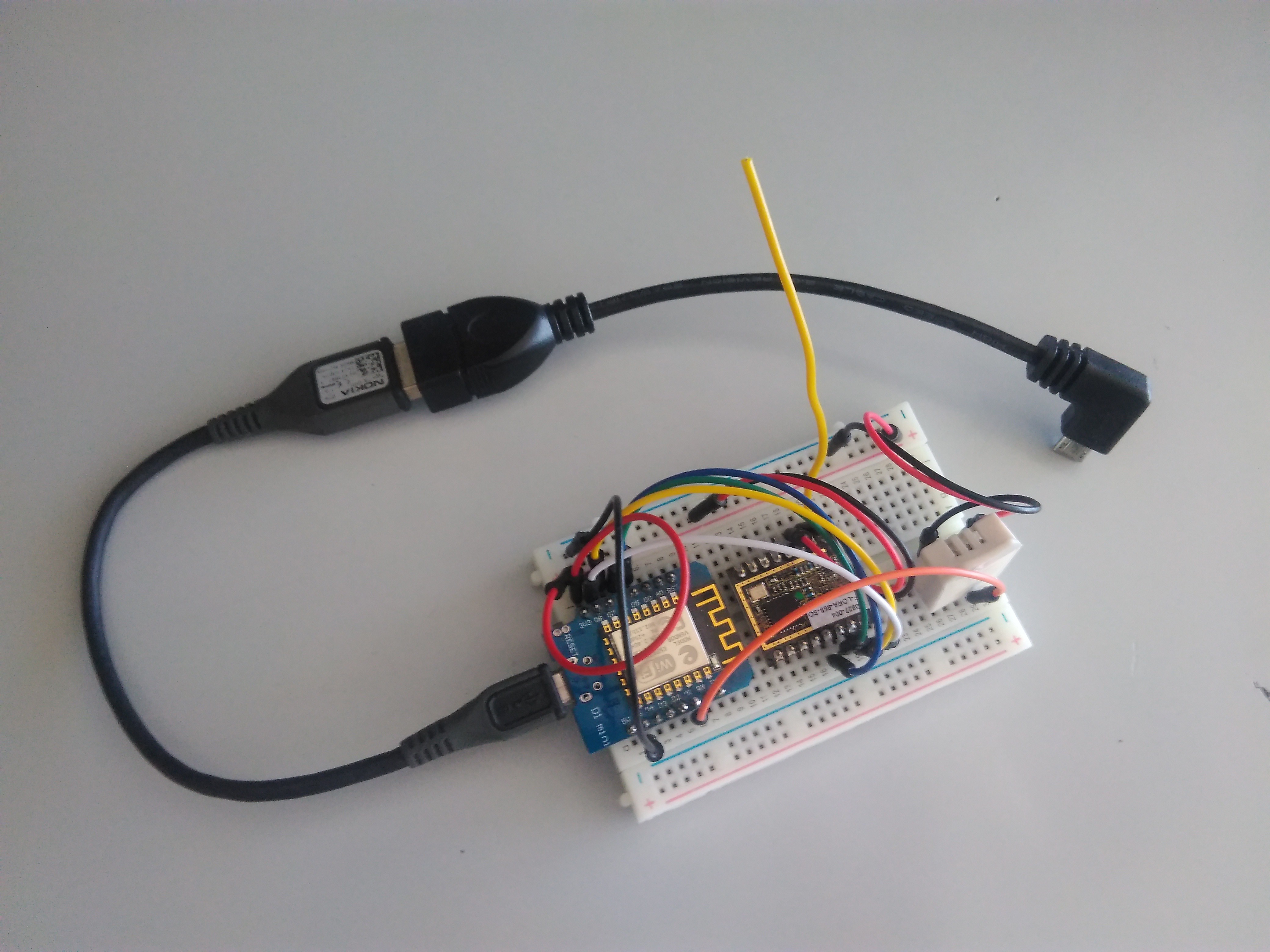
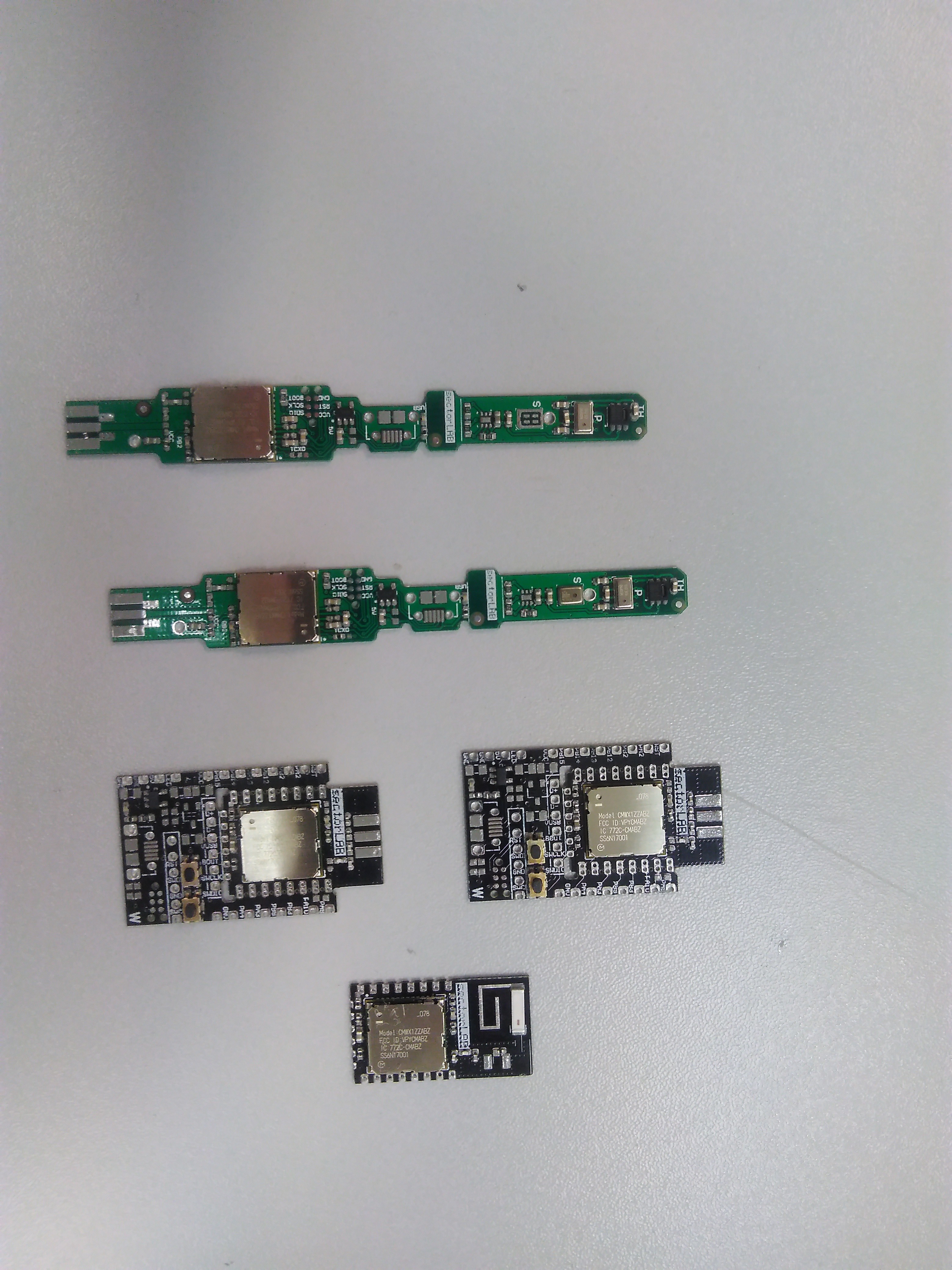
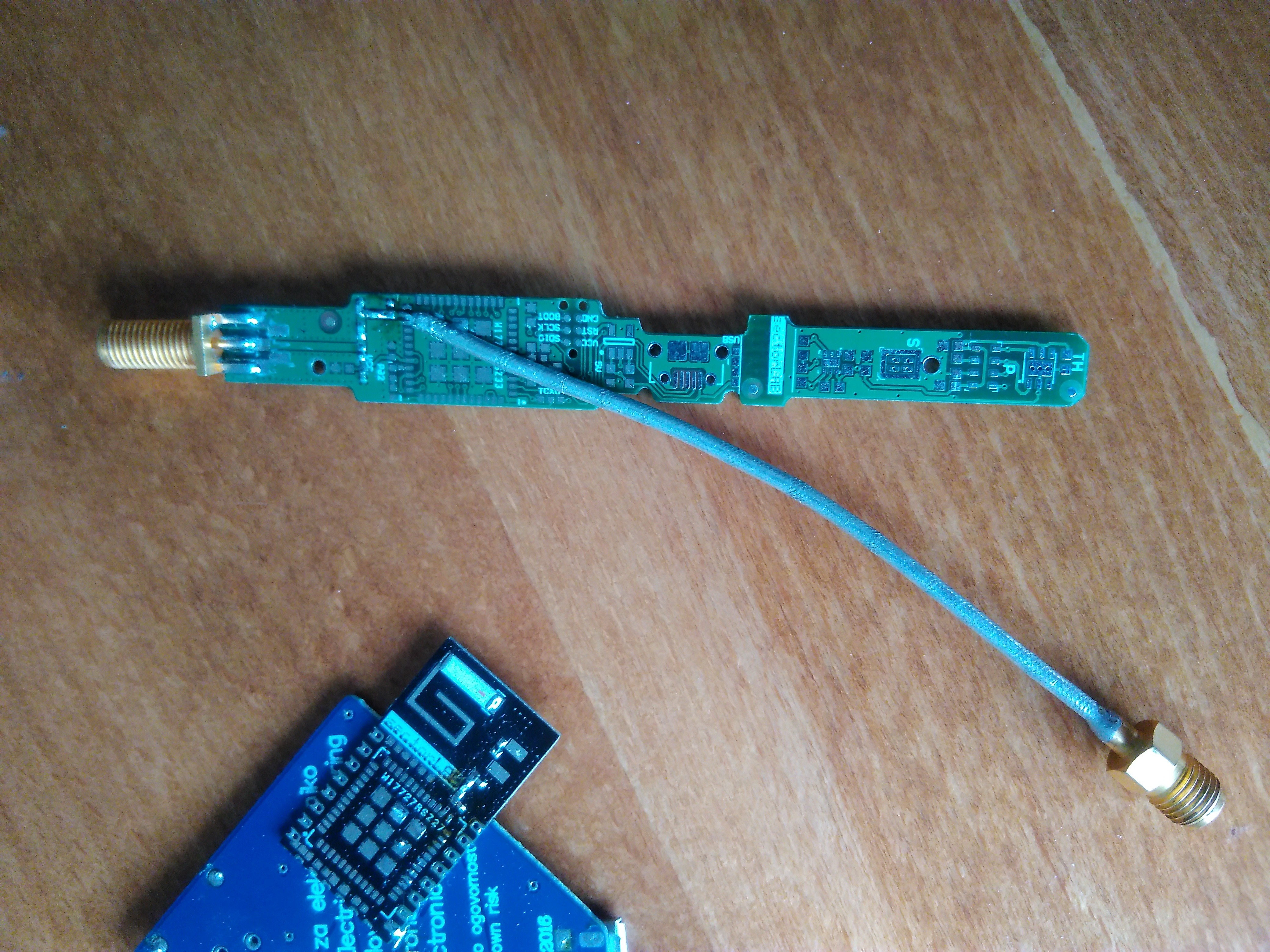

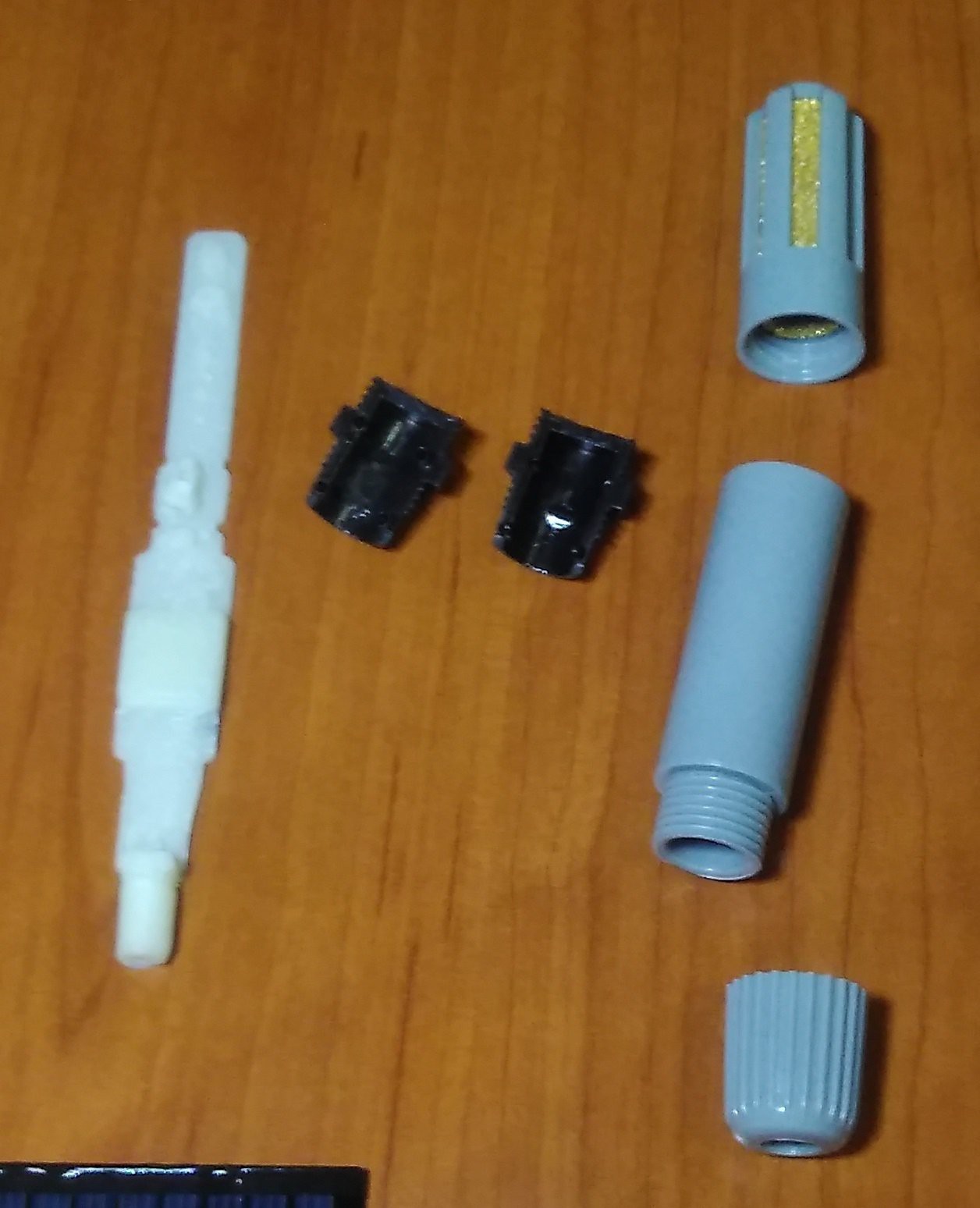
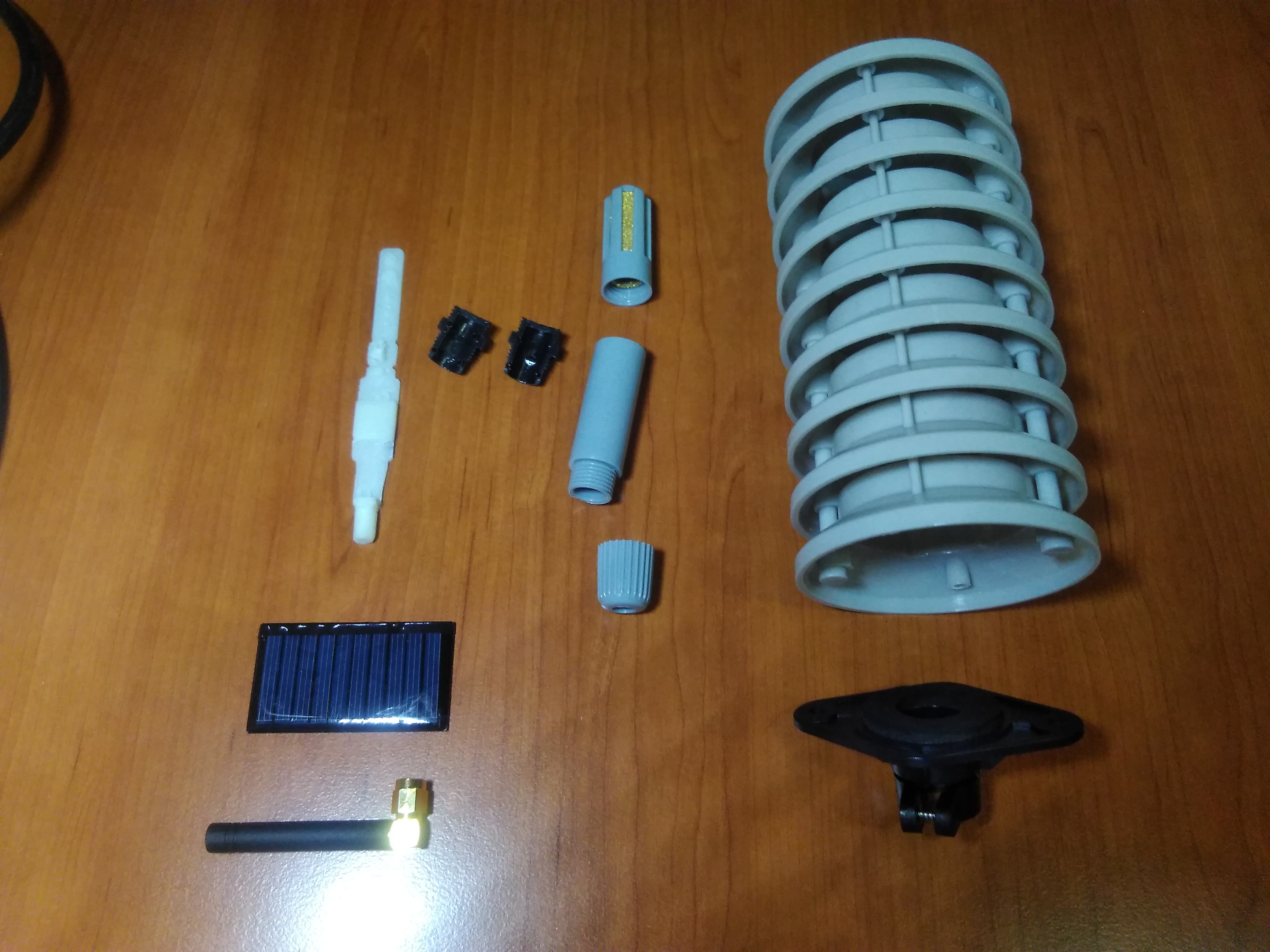




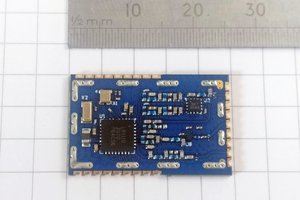
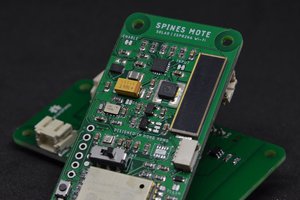
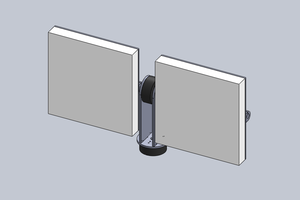

 Paul Kocyla
Paul Kocyla
is possible using mesh communications and AX25?